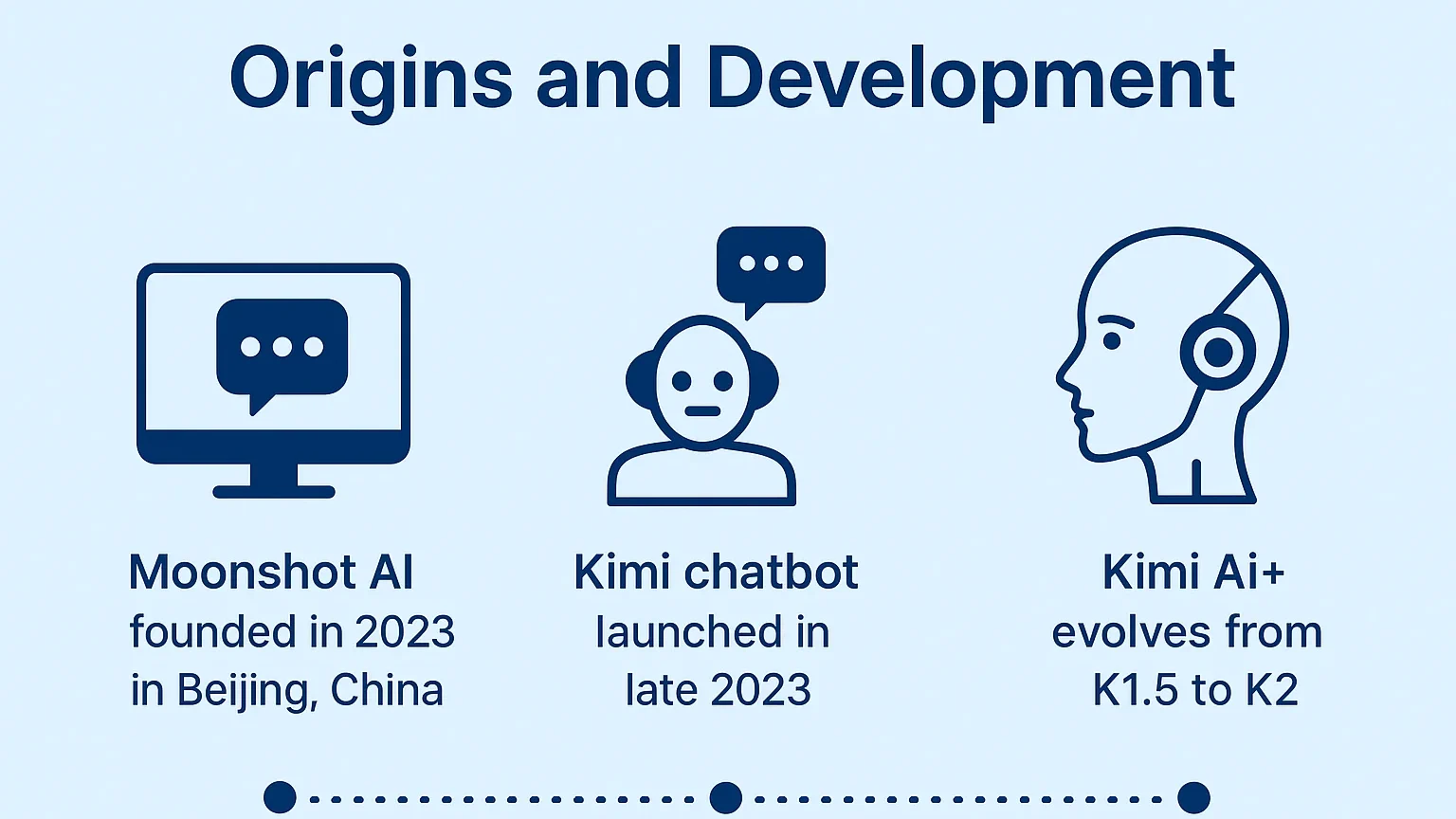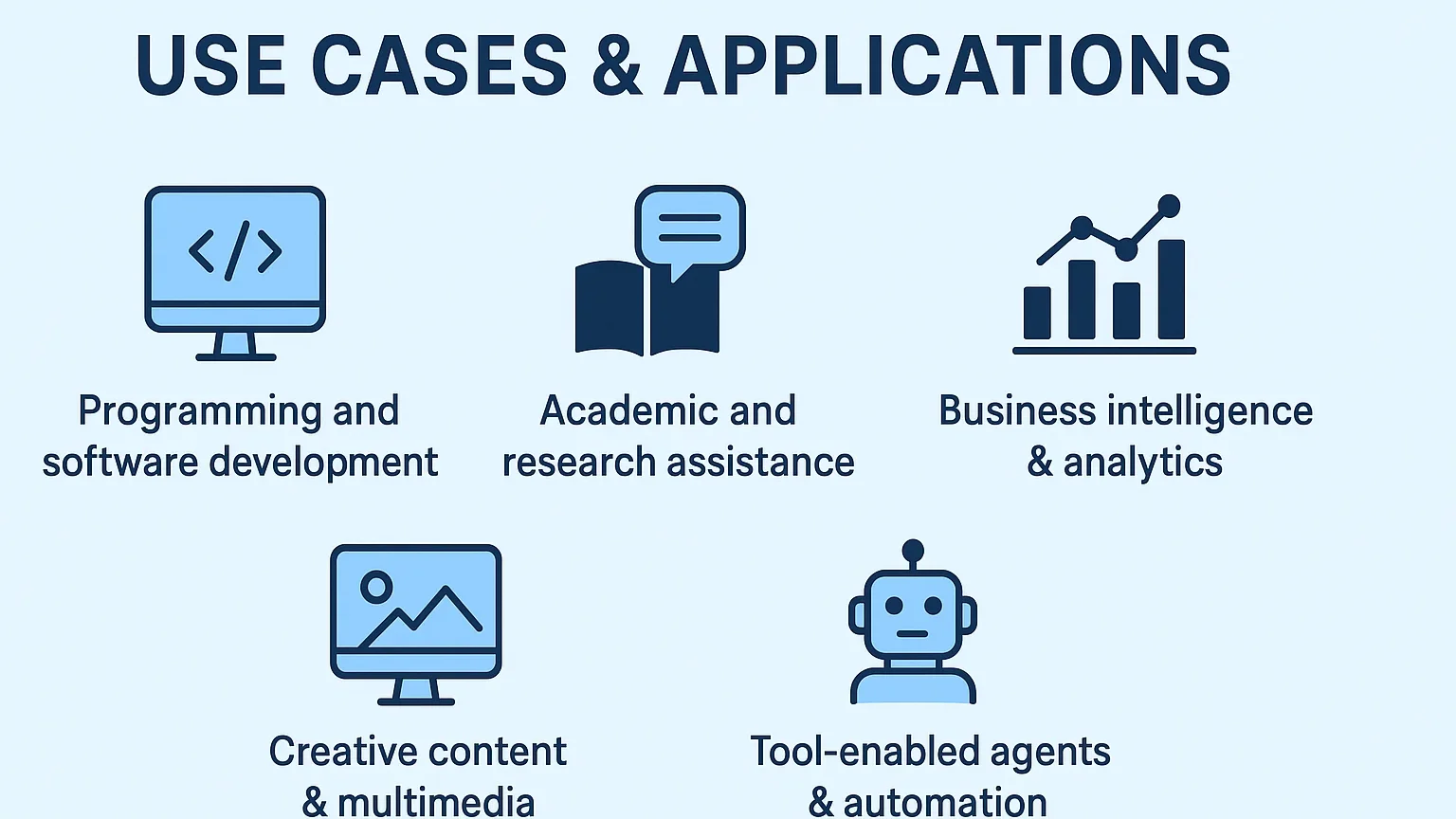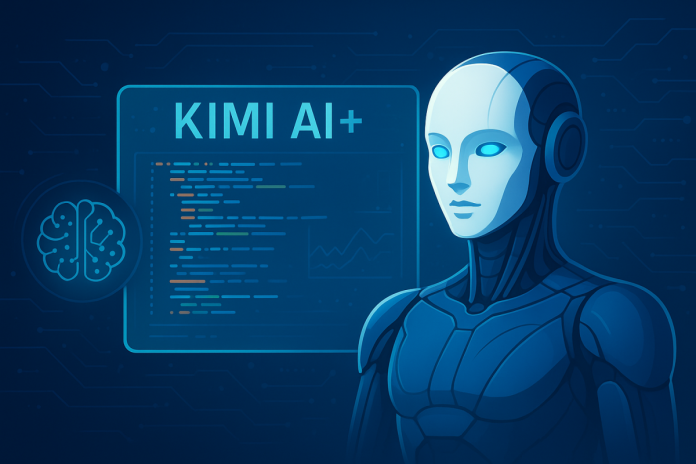Kimi Ai+ (often stylized as Kimi Ai or Kimi+) is a next-generation AI assistant platform developed by Moonshot AI. It builds upon the base Kimi model to provide enhanced capabilities in reasoning, multimodal understanding, and tool use. The official model repository describes Kimi K2 as a state-of-the-art Mixture-of-Experts (MoE) large language model with 1 trillion total parameters and 32 billion active parameters during inference, highlighting its efficiency and scalability. As the AI landscape becomes more competitive, Kimi Ai aims to position itself as an accessible.
Table of contents
Origins and Development

Moonshot AI was founded in 2023 in Beijing, China, by Yang Zhilin and a team of AI researchers and engineers. Their mission has been to push the frontier of long-context models, multimodal reasoning, and scalable architectures.
The original Kimi chatbot (sometimes referred to simply as “Kimi Ai”) launched in late 2023 and quickly gained attention for supporting very large context windows in Chinese text conversations. Over time, the model was expanded and improved, evolving through versions such as K1.5 and eventually K2.
Kimi Ai+ is essentially a branding for the enhanced or paid version of Kimi (or “Kimi+”) that unlocks premium features and greater tool integrations. Some descriptions refer interchangeably to Kimi Ai, Kimi+, or Kimi Ai+.
Key Capabilities and Architecture
Mixture-of-Experts Design
One of the architectural hallmarks of Kimi Ai+ (especially its K2 model) is its use of a Mixture-of-Experts (MoE) design. The model has a large total parameter count (on the order of 1 trillion parameters), while only a subset (e.g. ~32 billion) are active during inference. This design allows for efficient scaling, where specialized “experts” can be invoked as needed.
Reinforcement Learning & Agentic Behavior
Kimi Ai+ uses reinforcement learning (RL) during its training and fine-tuning stages. This approach allows the model to improve continuously through feedback and simulated interactions. It also focuses on developing strong “agentic” capabilities. These include the ability to use tools autonomously, integrate APIs, plan multi-step tasks, and perform code execution or orchestration.
Multimodal Input & Large Context Window
Kimi Ai+ supports multimodal inputs, enabling it to process not only text but also images, code, and various file types within a unified interface. It seamlessly integrates these formats for more versatile interactions. The model also features extended context windows, maintaining coherence across exceptionally long inputs. In some versions, it can handle hundreds of thousands of tokens at once. In its K2-0905 version, the context window was expanded to 256,000 tokens.
Strong Performance in Reasoning, Coding & Benchmarks
Kimi Ai+, powered by the K2 model, has demonstrated strong performance across various reasoning, coding, and benchmark evaluations. It achieved approximately 65.8% accuracy on the SWE-Bench Verified engineering benchmark, outperforming many open-source alternatives. The model also exhibits impressive capabilities in mathematics, logical reasoning, and code generation tasks. According to internal assessments by Moonshot, Kimi Ai+ surpasses certain versions of GPT and other leading AI models in areas such as logical reasoning and tool-enabled problem-solving, showcasing its advanced analytical and computational strengths.
Use Cases & Applications

Kimi Ai+ is designed to serve a diverse range of users, including developers, researchers, businesses, and content creators. In the field of programming and software development, it can generate code, debug, optimize performance, and orchestrate complex multi-module systems. For academic and research purposes, Kimi Ai+ assists with summarizing lengthy documents, conducting literature reviews, and reasoning through technical texts. In the business intelligence and analytics domain, it helps extract valuable insights from data files, generate detailed reports, and integrate seamlessly
The model also supports creative professionals by generating visual assets, combining text and images, and assisting in the design of presentations. Additionally, Kimi Ai+ enables tool-based automation by chaining APIs, running workflows, and executing multi-step tasks autonomously.
Challenges, Limitations & Risks
While Kimi Ai+ is promising, it is not without challenges:
- Bias & Safety: As with all large models, Kimi Ai+ may reflect biases from its training data and can generate unsafe or incorrect content.
- Resource Requirements: The backend infrastructure needed to support MoE and large context windows is expensive and complex.
- Open vs Proprietary Tradeoffs: Although some components are open (e.g, base weights), not all features or fine-tuned versions may be freely available.
- Competition & Market Pressure: Kimi Ai+ competes in a crowded field with models like GPT, Claude, Gemini, DeepSeek, etc., requiring continuous improvement.
The Road Ahead & Impact
It represents a strong signal from China’s AI sector that global competition in artificial intelligence is rapidly accelerating. Moonshot AI, the company behind Kimi Ai+, has secured substantial funding and is recognized as one of China’s “AI Tiger” startups, reflecting its growing influence and ambition in the global AI landscape.
With the ongoing release of improved versions such as K2-0905, along with expanded context windows and enhanced tool integration. Kimi Ai+ continues to advance in performance and versatility. These developments aim to narrow the gap and potentially surpass leading Western models. For users, it offers a more accessible, powerful, and adaptive AI experience, driving innovation across education, development, business, and creative industries worldwide.











